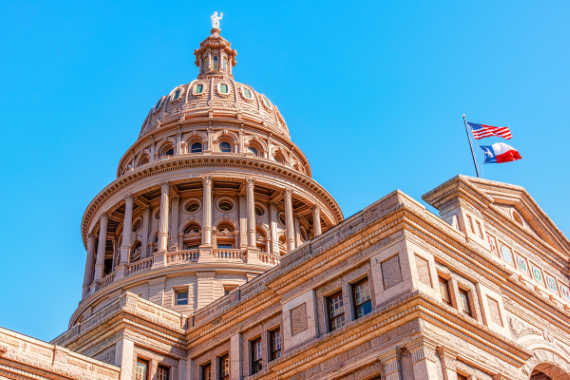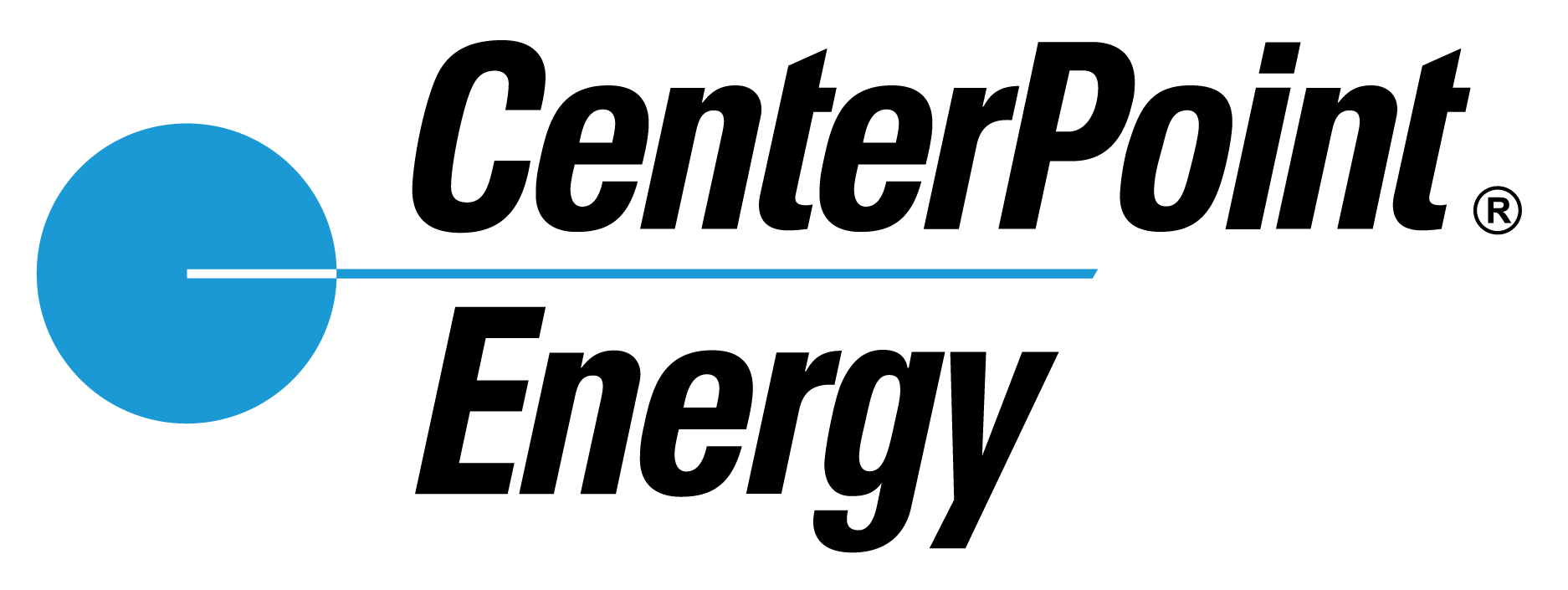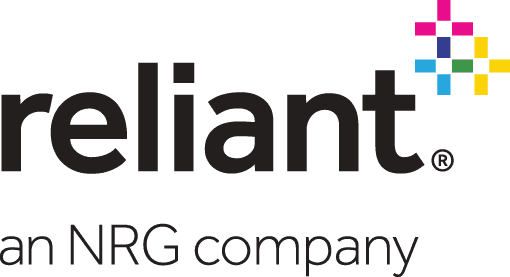Urban Resiliency for the Gulf Region: Infrastructure and Resiliency Advisory Committee Engages NOLA
Published Jun 12, 2019 by Chase Kronzer
As the region braces for the 2019 hurricane season, the Partnership continues its work to build a more resilient Houston. A delegation representing the Infrastructure and Resiliency Advisory Committee recently met with the Greater New Orleans, Inc., the Partnership’s counterpart in New Orleans, to engage in an exchange on post-disaster recovery and resiliency.
Severe weather events that have struck both cities have exposed gaps in flood mitigation infrastructure and have compelled the public and private sector to work together to not only prepare for the next storm, but also build a region’s resiliency and create an environment for long-term economic prosperity.
The Partnership approached this meeting with a focus on furthering its mission of creating infrastructure that protects the economy and people from future storms, by learning about what’s working for our neighboring Gulf Coast city.
Three key points from the delegation’s trip highlight measures both cities need to consider as they build more resilient cities.
3 Considerations When Building Resilient Cities
Develop community buy-in when rebuilding and planning
In order for long-term resiliency efforts to be successful, community trust and cooperation must be achieved and maintained. Solutions should be adaptive to the evolving needs of the community so that the region can respond well to various shocks and stresses. Ask the right questions and understand the needs of impacted communities so that the proper project scope can be developed at the outset.
Prioritize long-term economic and resiliency planning
From curb to coast, investment in grey and nature-based infrastructure are critical to economic and environmental stability. Decision-makers should consider how projects are approached to include resiliency measures that also further the economic viability of the region.
Recognize implementation challenges and vital points for collaboration
Solutions should focus on system-wide implementation rather than individual projects. Political challenges should not stand in the way of progress. Also, consider both traditional and nontraditional funding sources to address long-term needs.
These findings came from various panels and tours of gray and green resilience infrastructure projects throughout the city led by the City of New Orleans Resilience Office, including a drainage pump station managed by Jacobs and the Sewerage and Water Board of New Orleans and a green detention system being constructed by Stantec.
The Partnership thanks Greater New Orleans, Inc. and their representatives from the business community and government agencies who participated in these meetings. We appreciate the productive conversation and look forward to continuing the dialogue between our two cities as we advance Gulf Coast resilience together.
 The Houston Report
The Houston Report



















